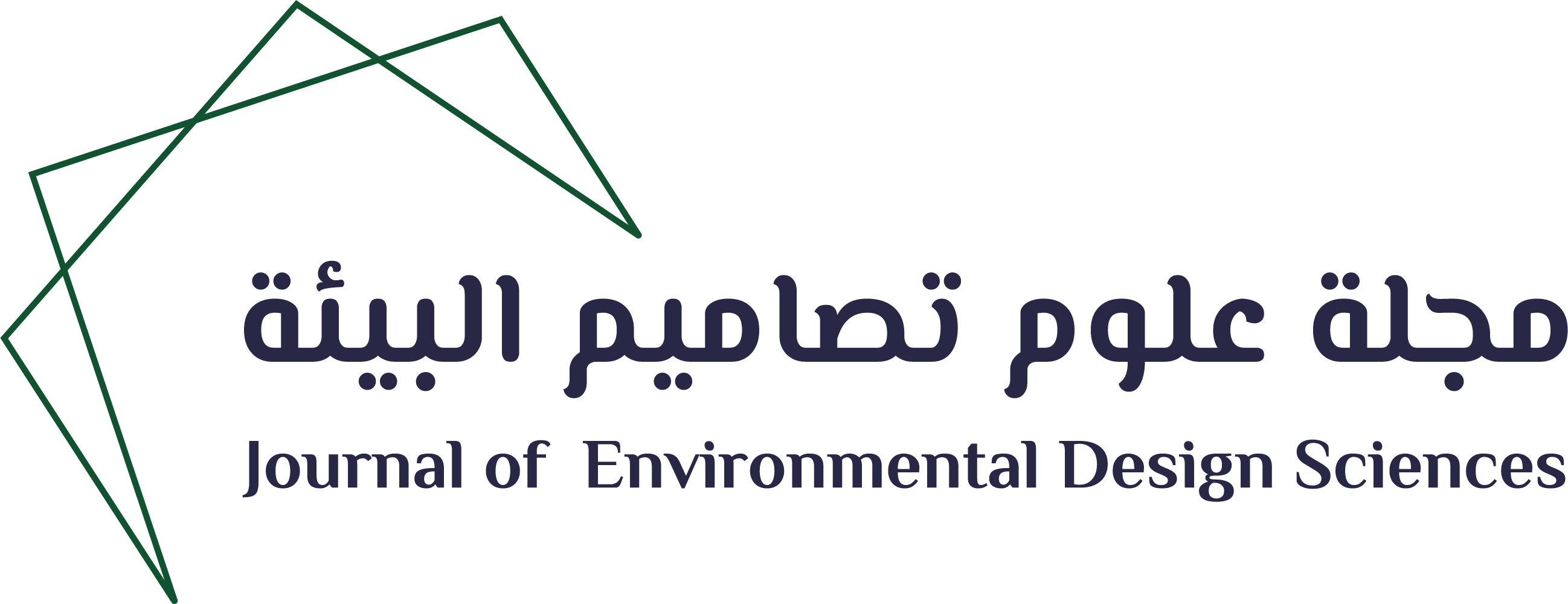GIS Modeling for Economic Agglomeration/ Cluster of Gross Regional Domestic Product (GRDP) Data Using Moran’s I Analysis, a Case Study: Jakarta, Indonesia
Main Article Content
Abstract
The Gross Regional Domestic Product (GRDP) is a statistical indicator utilized to quantify the economic magnitude of a certain region. The recent availability of metropolitan area-level measurements of Gross Domestic Product (GDP) has provided a more complete perspective on regional economic activity. The correlation between Gross Domestic Product (GDP) and urban economic growth has garnered substantial attention from researchers, politicians, and economists alike. The research highlights the significance of spatial analysis in understanding urban economic processes. The study utilizes GRDP data to identify significant clusters of economic activity, providing a detailed perspective on the distribution and dispersion of economic concentration in Jakarta. The spatial perspective is crucial for policymakers and urban planners because it helps them identify places with strong economic activity and potential for expansion. The study employs Geographic Information Systems (GIS) with Moran's I Analysis/ Spatial Autocorrelation to identify patterns of economic clustering and agglomeration. This methodology offers valuable perspectives on the spatial dynamics of urban economies, with a special emphasis on Jakarta, a crucial economic hub in Indonesia. This research enhances the topic of urban economics by exhibiting the utilization of GIS and spatial analysis approaches to comprehend complex urban economic trends. The findings have significant implications for developing countries, where fast urbanization and economic expansion provide distinct difficulties and prospects. The study's emphasis on Jakarta serves as a paradigm illustration that might elucidate comparable investigations in various urban settings, both inside Indonesia and globally.
